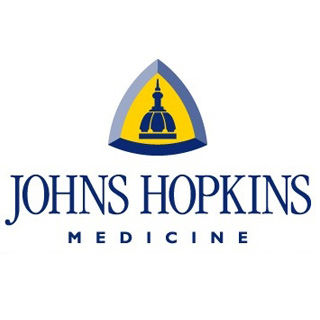
Earlier study had revealed that the GDE2 protein can make immature cells in the spinal cord to differentiate into motor neurons, the nerve cells which connect to and exert influence on muscle contraction. It was observed that very few GDE2 restrains motor neurons development whereas, excessive amount of GDE2 may cause them to generate too quickly, depleting progenitor pools.
“This is the first time we’ve seen this type of chemical reaction control neuronal differentiation,†comments Shanthini Sockanathan, Ph.D., an associate professor at the Johns Hopkins Solomon H. Snyder Department of Neuroscience. “And it’s probably not specific for motor neurons that we study, but also for development of a wide variety of neurons.â€
“We reasoned that there must be tight control of GDE2 so we set out to look for the regulator by looking for other proteins that can bind to GDE2,†states Sockanathan.
The examiners discovered nearly a few hundred proteins by deeming biochemical approaches for separating all proteins which usually bind to GDE2 in the developing spinal cord, followed by proteomic analysis for recognizing all binding proteins. One, Prdx1, had been recognized by others comprising tumor-suppressing abilities, which caught Sockanathan’s attention for further investigation.
According to the team, the foremost question raised was whether the Prdx1 protein can influence motor neuron development by removing it from developing spinal cords of chick embryos. The examiners emphasized that embryos lacking Prdx1 exhibited loss of motor neurons similar to that seen in embryos lacking GDE2. Based on this observation, they concluded that Prdx1 is somehow involved in motor neuron development.
Further in order to analyze how Prdx1 and GDE2 interact causing immature cells to develop into motor neurons, the team mutated the proteins and examined how the mutations affect the cells. Reportedly, mutations preventing two proteins from binding resulted in no motor neurons. Similarly, mutations that disrupt the enzyme abilities of GDE2 and Prdx1 also resulted in no motor neurons. In fact, motor neurons are developed only when GDE2 and Prdx1 can bind each other and work as enzymes.
“So we thought maybe the antioxidant enzyme activity of Prdx1 is doing something to regulate GDE2 function,†states Sockanathan.
Her team then looked into what already was known about Prdx1’s enzyme activity. They found that bacteria and yeast versions of Prdx1 are able to help alter certain chemical bonds in proteins that form between specific amino acids that contain so-called sulfhydryl or ‘-SH’ groups.
Moreover, the observation led scientists to reexamine the GDE2 protein for SH groups. As a result, they found 4 in GDE2 where three are close together and one is clear on the other end of the protein. They first performed some biochemistry experiments to establish a fact that whether these SH groups can form disulfide bonds and it was found that they can.
“We think that Prx1 breaks this bond in GDE2, activating it to promote motor neuron differentiation,†explains Sockanathan. “This suggests a new general control mechanism that regulates when cells divide and when they differentiate. We’re excited to see how widespread it might be.â€
Then, two at a time, the experts engineered mutations to replace each SH having amino acid in GDE2 and questioned if the mutated protein could still bind to Prx1. They noticed that one combination of mutations did not behave the same as the unmutated control. This observation made them conclude that Prx1 must break the chemical bond between those two specific amino acids.
This finding, publishing this week in journal Cell was funded by the National Institute of Neurological Disorders and Stroke at the National Institutes of Health, and the Muscular Dystrophy Association.
